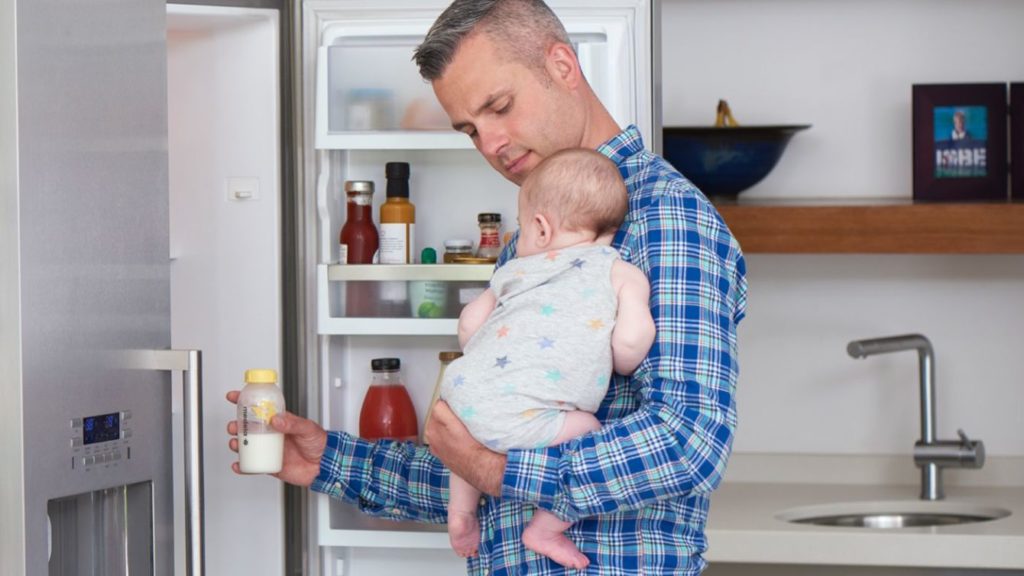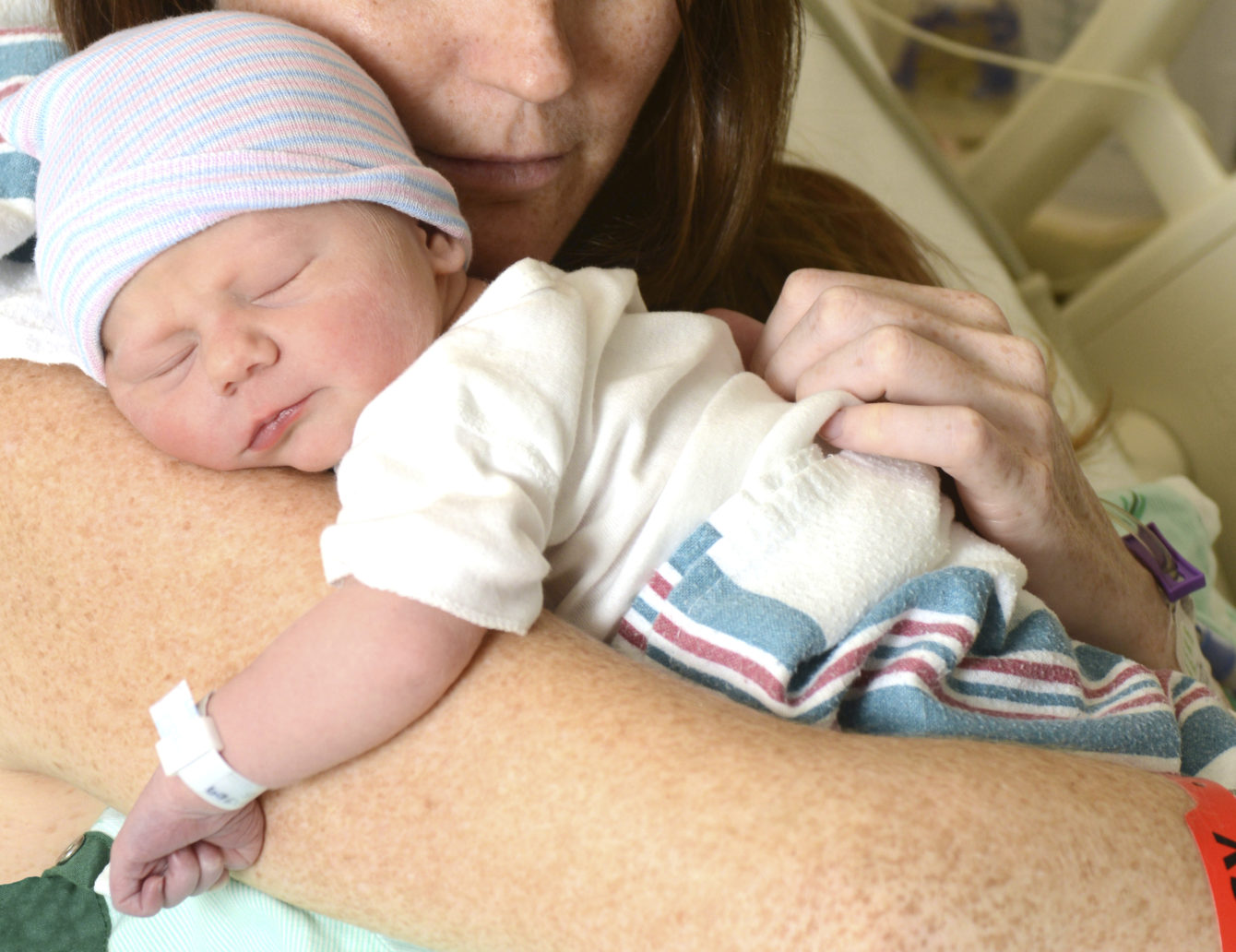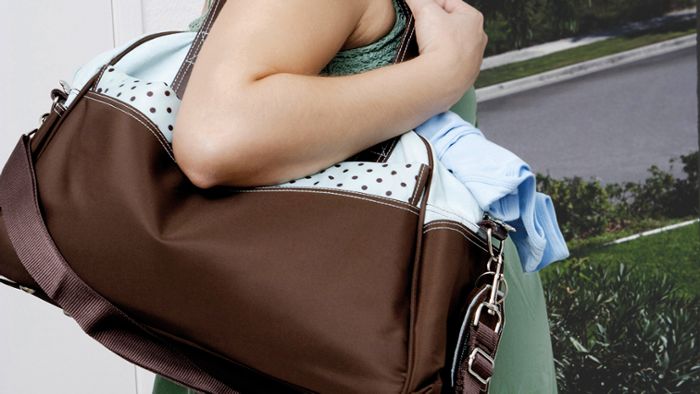Breastfeeding is often the subject of conversation and, occasionally, controversy. To offer some perspective, we wanted to take a look at the changing norms surrounding breastfeeding around the world. Our hope is that, by looking at how breastfeeding has been viewed around the world, it will give the mothers in our community a new appreciation for breastfeeding.
In traditional “hunter-gatherer” societies, breastfeeding was the only way to feed babies. In early agricultural societies, mothers breastfed their babies while working in the fields. In the ancient empires of Egypt, Greece and Rome, most women breastfed their own children, while royal families often used wet nurses.
In Western Europe, over time, breastfeeding became connected to social class and status. Noble women and wealthier families often hired wet nurses. This was partially related to practical matters, but, it was also a way to demonstrate that you were above tasks associated with the “common” people. During this time, the wet nurse industry developed into a paid profession.
In the 18th century, women were widely encouraged to go back to breastfeeding. This was partially a reaction to high infant mortality rates during this period.
Then, in the 19th century, breastfeeding declined again due to the influence of Freudian ideas that breastfeeding might lead to unhealthy attachments. Another factor during this period was increased access to cow’s milk, which was seen as a valid substitution.
Following World War II, many rich families and aspirational middle-class mothers adopted formula feeding. Once again, this was partially for practical reasons and partially a matter of status. During this time, breastfeeding was considered old-fashioned or only for poor people. Infant formula was seen as a scientific advancement and a sign of progress. “Finally!” people thought, “…humankind has invented something ‘better’ than breastmilk!”
This misguided view did not last long. Research started to support breast milk as a natural immune system booster, deterrent to illness and brain development enhancer.
So breastfeeding is back! Public health education about the benefits of breastfeeding has been widely promoted and breastfeeding is now acceptable for all women in most western countries.
Today, most people consider breastmilk to be healthier, more convenient, cheaper, and really just good for mom and baby overall! Historically, breastfeeding has always been connected to prevailing cultural trends and issues of wealth and class. Today, we’re lucky to live in an era when science and positive social acceptance promotes the benefits of breastfeeding. Just for fun, here are a few prominent breastfeeding traditions and trends from around the world:
Canada
Canada has seen a resurgence in the popularity of breastfeeding in recent years. According to Statistics Canada, 87.5% of Canadian mothers breastfeed their babies after birth. While 21.4% stop breastfeeding within the first month, 53.9% breastfeed for six months or longer and 15.9% breastfeed for more than a year.
Breastfeeding in Canada is somewhat connected to education; women with higher levels of education are more likely to breastfeed longer – according to Statistics Canada survey data. Canada has strong legal rights for breastfeeding women and, under the Canadian Charter of Rights and Freedoms, women in all Canadian provinces have the right to breastfeed anywhere, anytime without harassment.
Peru
Peru is a developing country where breastfeeding is considered a natural part of life. In keeping with their more traditional culture, Peru has very high breastfeeding rates compared to many industrialized Western countries.
According to La Leche League, 97% of babies in Peru are breastfed at birth, and 53% are still breastfeeding exclusively at the age of six months. Poverty is not always an indicator that children are less likely to breastfeed; in fact, according to data from UNICEF, in Latin American countries like Peru, poorer children are slightly MORE likely to breastfeed right after birth.
Italy
Italy is often thought of as being more traditional than many other western countries when it comes to the role of women in the home. So, it would seem likely that breastfeeding would be common in Italy. The reality is more complicated.
Many Italian mothers started to use bottle-feeding during the 1970s and this trend became popular with subsequent generations. In addition, many Italian hospitals disperse pacifiers and infant formula. According to data from La Leche League, 85% of Italian babies are breastfed at birth, but only 19% are exclusively breastfed at four to six months.
United States
The U.S. is supportive of breastfeeding and there are many state laws that allow women to breastfeed in public. In addition, 25 U.S. states have laws to protect breastfeeding rights in the workplace.
According to data from the World Health Organization (WHO), nearly 74% of U.S. children have been breastfed, but only 33.1% have breastfed exclusively through the age of four months, and only 13.6% have breastfed exclusively through the age of six months. This is possibly due to the large number of working mothers in the United States who return to work after a relatively short 12 week maternity leave.
India
In many rural areas in India, people have traditional beliefs that colostrum is “dirty” and, unfortunately, this nutrient-rich breastmilk is often expressed and then thrown away. Rural Indian mothers are also likely to use goat’s milk instead of human breastmilk to feed their babies. However, India does have high rates of breastfeeding and, according to La Leche, 95% of Indian babies are breastfed after birth, and 43% are breastfed exclusively through 4-6 months.
Many countries have their own unique cultural challenges and traditions regarding breastfeeding. But in every culture, breastfeeding myths can be harmful – to women, to babies and to society as a whole. In any country, education and community support are crucial to helping women make good choices about breastfeeding. No matter where we live, that’s something we can all get behind.
Please join the conversation and “like” and share this article to keep the discussion going at our Medela Malaysia Facebook Page.























